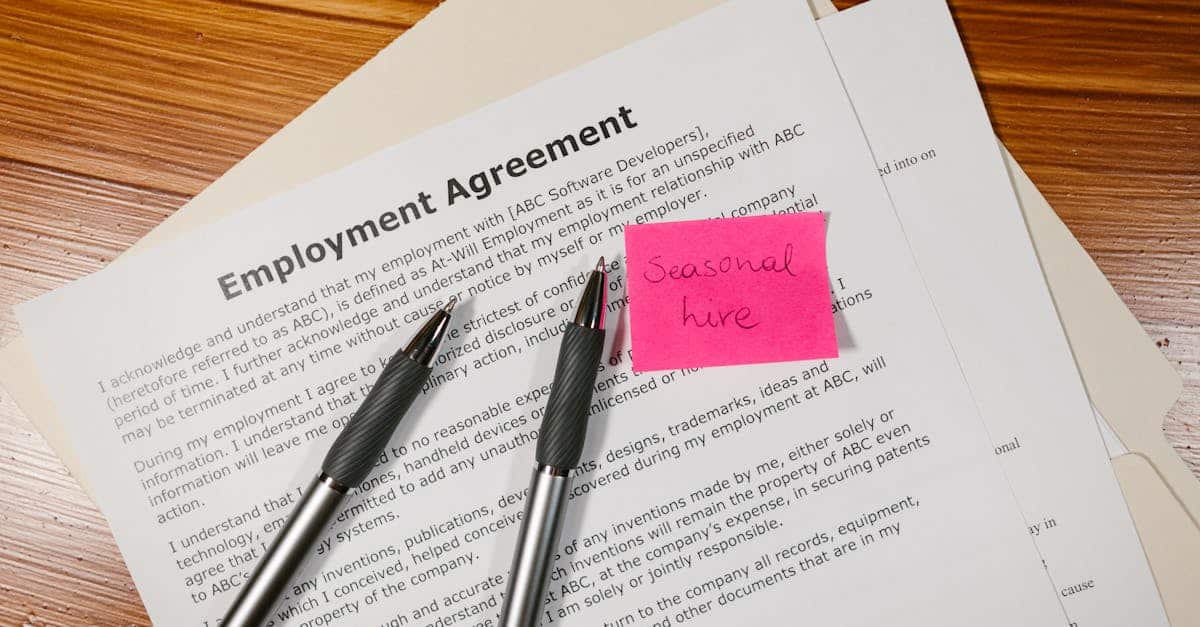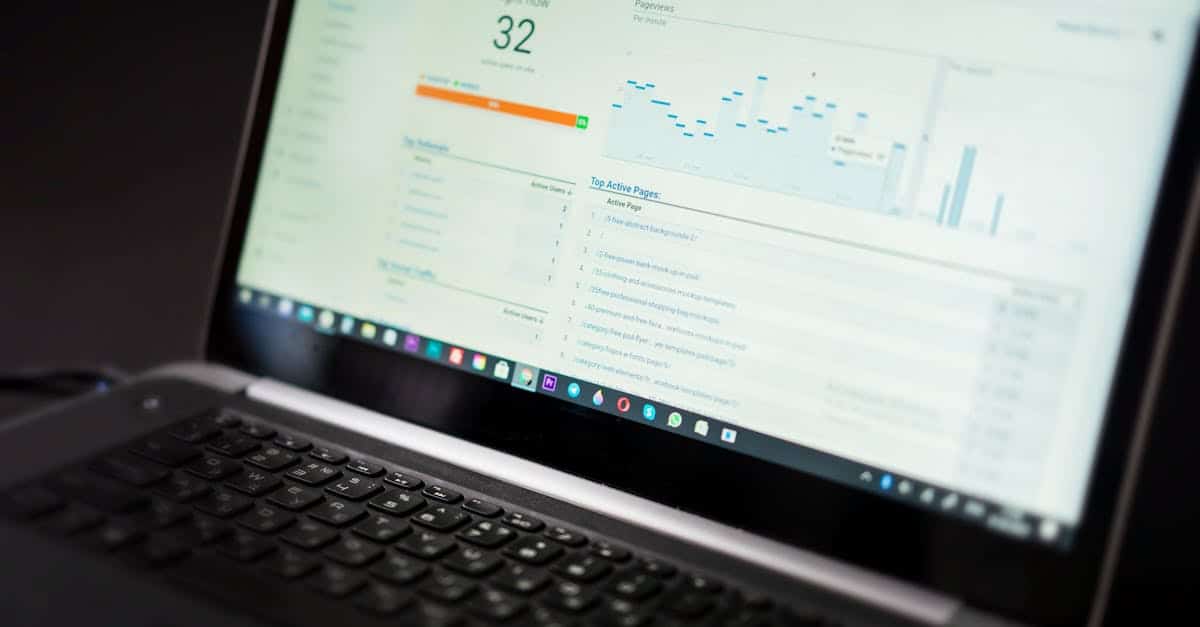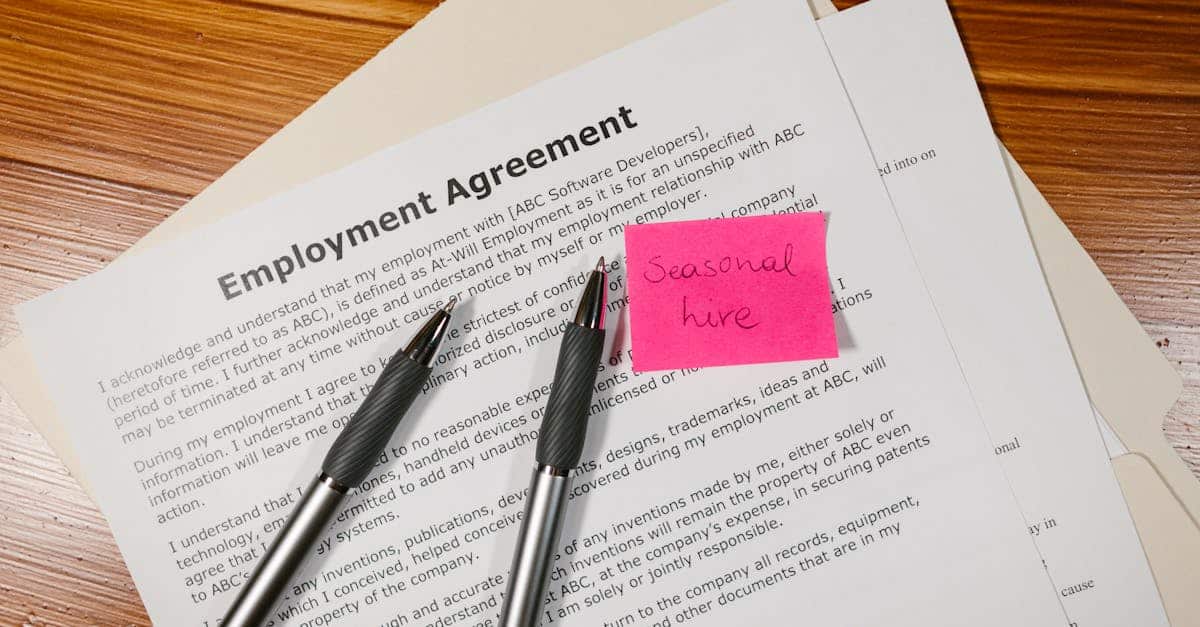
Introduction
Hiring peaks don’t have to mean chaos. Seasonal and campus cohorts move fast — and the usual culprits (misclassification, late stipend payments, missing I‑9s, or slow e‑sign processes) can quickly create compliance gaps, payroll headaches, and a poor new‑hire experience. Document automation — fillable, versioned templates, invoice‑enabled forms, and integrated e‑sign/id workflows — is the connective tissue that turns days of manual work into hours of reliable onboarding. This post outlines practical templates, conditional onboarding gates, payment recipes, and offboarding rules you can plug into your HR onboarding stack to close cohorts faster and stay audit‑ready.
Unique compliance and operational challenges of seasonal and campus hiring
Classification and eligibility: Seasonal and campus hires often blur the lines between employee vs contractor and exempt vs non‑exempt. Get classification right up front to avoid wage, tax, and benefits liability. Include checks for age, work‑study eligibility, and student status where applicable.
Regulatory and institutional constraints: Campus programs may trigger FERPA, campus security rules, or institution‑specific background checks. Seasonal roles can intersect with state wage‑hour laws, temporary staffing regulations, and local leave ordinances. Maintain a clear map of applicable laws by jurisdiction and campus.
Documentation and timing: HR onboarding for short‑term hires needs compressed timelines. I‑9 completion, tax forms, and right‑to‑work checks must align with fast start dates. Use a tailored onboarding checklist so nothing critical is skipped during compressed new hire onboarding.
Operational variability: Rotating schedules, peak staffing windows, and high cohort turnover require flexible scheduling, rapid role training, and streamlined equipment allocation. Plan for rapid badge access, temporary payroll setup, and scaled supervision.
Risk and background screening: For roles touching safety, finance, or student records, apply targeted background checks and monitor results against defined hiring thresholds. Define conditional onboarding steps so work may begin only after critical checks complete.
Quick compliance checklist
- Confirm classification and documentation (I‑9, tax forms).
- Apply age/permit checks and campus permissions.
- Track jurisdictional wage and scheduling rules.
- Map required background checks and conditional start rules.
Create a compact template library for rapid offers, NDAs and short‑term agreements
Design templates for speed and control: Build a small, versioned library of offer letters, short‑term employment agreements, NDAs, and stipend terms that cover common cohorts and roles. Keep each template modular so clauses (duration, confidentiality, pay rate) can be toggled without redrafting.
Essential templates to include:
- Fast offer letter — a compact, legally reviewed new hire onboarding template with role, start date, pay, and contingencies. (Use a ready form like this: https://formtify.app/set/job-offer-letter-74g61)
- Short‑term employment/contractor agreement — clear deliverables, term, IP and termination clauses. Keep an independent contractor version for non‑employees: https://formtify.app/set/independent-contractor-agreement-5jhqd
- NDA and confidentiality addendum — short form to attach to offers.
Naming and governance: Use consistent file names (e.g., Offer—Seasonal—Retail—v1.2) and centralize approvals. Store templates in your HR onboarding software or document management system so recruiters and hiring managers can pull the correct version quickly.
Integration tips: Link templates to your onboarding process and onboarding checklist so completed documents automatically trigger next steps (ID verification, payroll setup, equipment requests).
Automate stipend, onboarding payments and contractor setup with invoice and payment‑enabled forms
Automate payments to move faster: Use payment‑enabled forms and invoice workflows to pay stipends, reimbursements, and contractor fees without manual invoicing. This reduces delays in getting seasonal workers or campus partners paid and improves compliance with financial controls.
Standard pieces to automate:
- Onboarding stipend claims and approvals.
- Contractor invoice submission and verification.
- One‑time payments for equipment or relocation.
Implementation recipe: Publish an invoice‑enabled intake form for contractors and stipends (example: https://formtify.app/set/invoice-e50p8). Connect form submissions to your accounting system, route approvals to finance, and trigger a payment batch on approval.
Tax and documentation: Collect W‑9s and payment preferences during the HR onboarding process so contractor payments are 1099‑ready. Store payment records with the onboarding file for audits.
Security and reconciliation: Enforce two‑step approvals for amounts above your threshold, and reconcile form payments against payroll and AP registers. Track payment status on the new hire onboarding checklist until closed.
E‑sign, ID verification and conditional onboarding steps for temporary workers
Streamline identity and consent collection: Use e‑signature and ID verification as part of the HR onboarding process to speed acceptance of offer letters, NDAs, and tax forms. This reduces manual handoffs and provides an auditable trail.
Conditional steps: Define conditional onboarding steps that gate access to payroll, systems, or site entry. Common gating events:
- Completed and passed background check
- Verified government ID and right to work
- Signed agreement and NDA
Practical workflow: Configure your onboarding software to auto‑pause onboarding until conditions are met. Example sequence: offer e‑signed → auto‑trigger ID verification → conditional background check → system provisioning only after green light.
Remote and cohort onboarding: For remote or cohort hires, bundle e‑sign, ID verification, and training access into a single onboarding portal so new hire onboarding and employee orientation program ideas are delivered consistently. This improves completion rates and centralizes compliance evidence.
Offboarding triggers and retention rules for short‑term hires to reduce liability
Define clear offboarding triggers: For seasonal and campus cohorts, set automatic triggers for offboarding: contract end date, last shift worked, or failure to rehire. Automate the clock so deprovisioning happens without manual reminders.
Account and access removal: Immediately revoke system access, deactivate badges, and reclaim devices on trigger. Time‑box temporary permissions so accidental access beyond assignment is prevented.
Final pay and tax closeout: Automate final pay calculations and tax reporting (W‑2/1099) to ensure compliant closeout. Retain payroll proofs and final agreements in the employee record for the required retention period.
Data retention and audit readiness: Define retention rules for short‑term hires — which documents (I‑9, offer, background checks, payment records) are archived and for how long. Keep these retention rules auditable so you can demonstrate compliance during reviews.
Liability reduction: Use a short exit checklist that includes return of property, NDAs reminders, and a release of claims where appropriate. A fast, standardized offboarding reduces operational and legal exposure.
Playbook: 7 templates and automation recipes to close cohorts faster and stay audit‑ready
Below are seven practical templates and automation recipes you can implement today. Each entry includes a trigger, the core template, and the automation outcome.
- 1. Quick Offer Letter
Trigger: Role accepted by manager. Template: Compact job offer — use for fast acceptance (https://formtify.app/set/job-offer-letter-74g61). Outcome: Auto‑send for e‑sign and add to the HR onboarding checklist.
- 2. Short‑Term/Contractor Agreement
Trigger: Worker classified as contractor. Template: Independent contractor agreement (https://formtify.app/set/independent-contractor-agreement-5jhqd). Outcome: Auto‑capture W‑9 and route invoice submissions.
- 3. Invoice & Stipend Form
Trigger: Stipend or contractor payment needed. Template: Payment‑enabled invoice form (https://formtify.app/set/invoice-e50p8). Outcome: Route to finance, trigger payment, and log in the onboarding record.
- 4. ID Verification + Background Check Recipe
Trigger: Offer accepted. Template: Conditional verification workflow. Outcome: Block system provisioning until ID and checks clear.
- 5. NDA Addendum
Trigger: Access to confidential information. Template: Short NDA. Outcome: E‑sign capture and attach to the hire file for audit evidence.
- 6. Onboarding Checklist Template
Trigger: Onboarding start. Template: HR onboarding checklist with items for I‑9, tax forms, training, equipment. Outcome: Progress tracking and reminders; integrate with onboarding software and training modules.
- 7. Exit & Retention Recipe
Trigger: Contract end or cohort completion. Template: Offboarding checklist and retention rules. Outcome: Automated deprovisioning, final pay trigger, and archive of records per retention schedule.
Operational tips: Keep these templates in your HR onboarding software and link them to role templates so hiring managers can close cohorts faster. Standardize naming and version control, and log every signed form into the new hire onboarding record for audit readiness. Invest in onboarding automation and software solutions to scale these recipes and measure onboarding metrics and KPIs (completion rates, time‑to‑provision, payment cycle time).
Summary
Seasonal and campus cohorts demand speed and precision: keep a compact, versioned template library for fast offers and NDAs, automate stipend and contractor payments, enforce e‑sign and ID verification gates, and trigger offboarding and retention rules automatically. These elements — plus clear naming, approvals, and integration with payroll and background checks — turn chaotic peaks into predictable workflows that preserve compliance and the candidate experience. For HR and legal teams, document automation reduces manual errors, creates auditable trails, and speeds time‑to‑provision so you can close cohorts reliably. Ready to deploy these recipes and templates? Get started at https://formtify.app
FAQs
What is HR onboarding?
HR onboarding is the coordinated set of steps that bring a new hire from offer acceptance to productive team member, including paperwork, identity and tax verification, training, and access provisioning. It ensures legal and payroll requirements are met while delivering a consistent new‑hire experience.
How long should onboarding last?
Onboarding length depends on role complexity and organizational needs: simple short‑term or seasonal hires may have a compressed onboarding of a few days to weeks, while full‑time roles often have programs spanning 30, 60, or 90 days. Focus on critical compliance items first and layer ongoing training and integration after the worker is authorized to begin.
What should be included in an onboarding checklist?
A checklist should cover classification and employment paperwork (I‑9, tax forms), ID and background checks, signed offers/NDAs, payroll and payment setup, equipment provisioning, and required training. Include conditional gates and approval steps so the checklist pauses or advances only when critical items clear.
How can organizations improve employee onboarding?
Standardize templates and automate workflows so offers, e‑signatures, ID verification, and stipend payments happen predictably and with audit trails. Measure onboarding KPIs (completion rates, time‑to‑provision, payment cycle time) and continuously refine templates and gating rules based on those metrics.
What is the difference between onboarding and orientation?
Onboarding is the broader, ongoing process that includes paperwork, systems access, compliance, and role integration; orientation is typically a shorter introduction focused on company culture and initial logistics. Think of orientation as one component within the larger onboarding journey.





